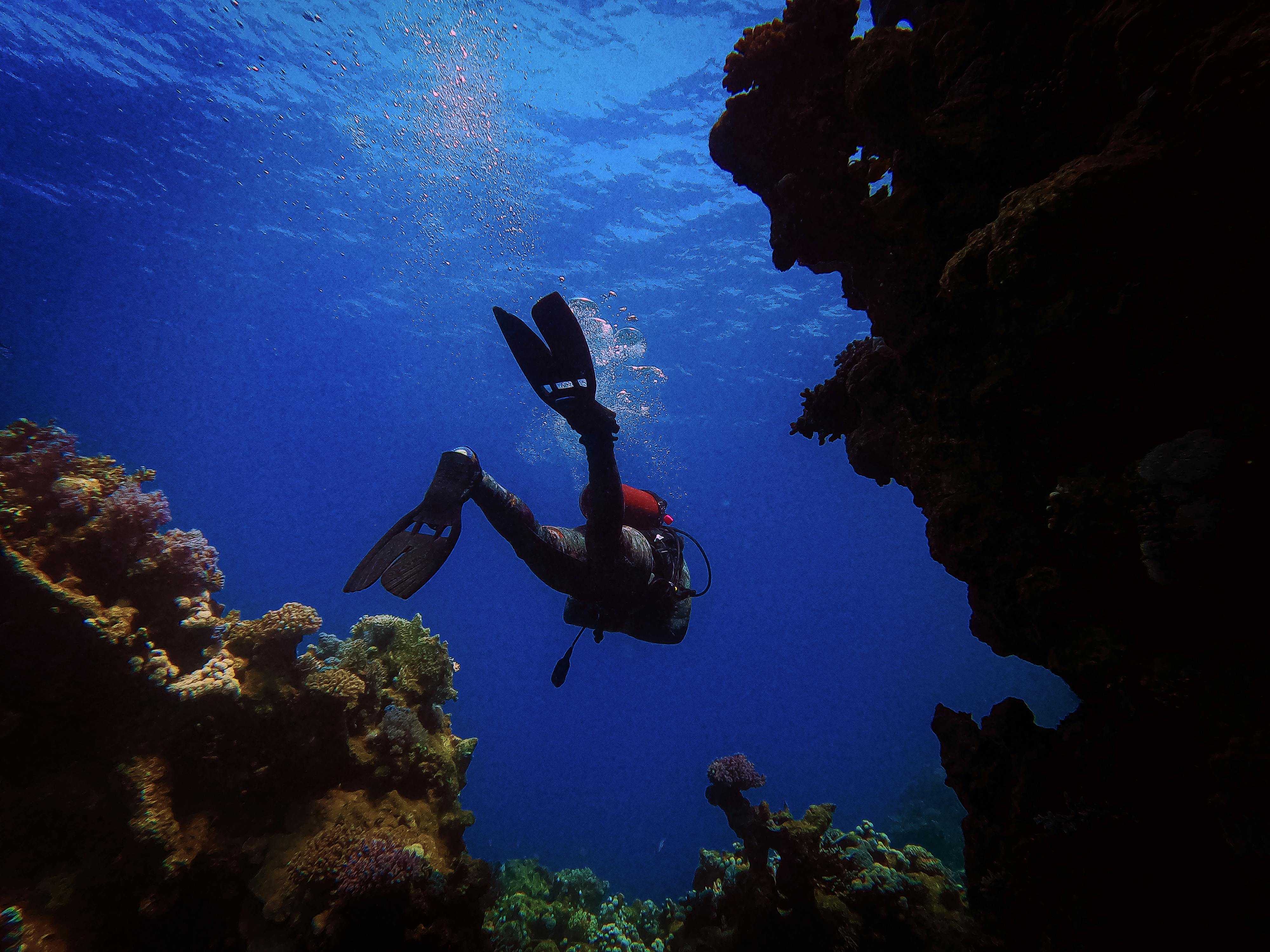
We would like to remind you that the maximum depth a diver can reach is approximately 40 meters or 130 feet. If you want to exceed this diving limit, there are schools which can offer technical diving training and course.
What is the best technical diving school ?
What is it exactly ? Tec diving is all of then enriched techniques that permit divers to widen their knowledge and skills which helps them to dive deeper than 130 feet, to explore more environments, to extend their skills about the use of specialized gear, the gas mixture, the air breathing and more advantages.
Technical diving is for who ?
It’s important to make you know that tech diving is not for all divers, it’s for those who are willing mentally and physically to dive deeper the current limit the risks, to commit and give their all. However, everyone can try the technical diving. Anyone can be the best diver, yes it’s possible. Diva (Professional Association of Diving Instructors) is an example of diving school which will teach you more about Tec diving.
What are the technical dive equipment ?
Let’s see the difference between the scuba and tech dive equipment.
In recreational diving, if the regulator or tank fail, diver depends on someone else to bring to reach the surface. You are not obliged to make decompression stops as it’s always sure and possible that there is always direct access to the surface.
It’s the contrary in technical diving. If there is a failure of equipment, the diver can switch to the backup to finish the dive. Decompression stops can prevent the direct lift to the surface for few times for a few moments or even hours.
Here is a list of some technical diving gear: A cylinder with high capacity, two regulators, multigas dive computer, and harness, decompression cylinder and regulator, cookies, lift bag, wreck reel …
There are two types of tech dive: closed circuit and open circuit. Each of them has its equipment.
- closed circuit need complex gear including cylinders, scrubber, sensors, computers, breathing gas…
- open circuit gear includes double cylinders and a regulator attached to these.
Before going back up to the surface, divers of both types should stop the decompression. If the diver ascends so fast, he risks the bends (decompression sickness) that cause suffering or paralysis.
What are the risks of tech dive ?
Tech dive is riskier than scuba diving as it needs long time, deeper, with a high risk of decompression sickness. Those are other risks you should know:
Hypoxia, hyperoxia, inert-gas narcosis, high pressure nervous syndrome, compression arthralgia, equipment failure.
To avoid risks
Tech dive training is very essential to avoid risks: Advanced training, specialized gear, higher skills and knowledge, increased diver control …
Where are the best place for tech diving ?
Portofino Italy, one of Europe’s best diving destination and one of the best technical dives in the world. Here is some example of best tech dive in Portofino with their depth: Geneva Steamship (depth 40-60m) , Ischia Steamship (depth 78-92m) , Saint Nazaire-depth 48-55m, Bolzaneto (depth 40-55m) , U-455 Submarine (depth 90-118m).Recommended equipment: technical diving Gear, dry suits and cold water regulators.
The red sea in Egypt has technical dive place from north to south like Walls of Shark and Jolanda (depth 100+ m), the wreck of Rosalie Moller (depth 30-50 m), Strait of Tiran Walls and the wreck of Lara (depth 40-110 m), Rocky Island - Wreck of SS Maidan (depth 80-120 m), Dahab-Blue Hole (depth 60-120 m), the wreck of Rosalie Moller (depth 30-50 m). Recommended equipment: technical diving, wetsuit thick but it depends on the season and dry suit over winter.
There are more places like Bikini Atoll in USA, Anthony’s Key Resort in Roatan (PADI platinum course and training), many famous resort in Mexico and more…
Technical diving training
This training introduce basic skills and procedures of technical diving. Padi can offer you this course. Discover some Padi courses:
Tec 40 course is from scuba diving to tech diving. It can be your first course or the evolution from Tec basics. You will get experience and improve your skills that you need for your tech dive training. To register, you must have some qualifications: up to 18 years old, PADI Advanced Open Water Diver (and PADI Rescue Diver recommended) , PADI Enriched Air Diver, PADI Deep Diver or proofs of 10 dives to 30 m/100 feet or deeper, 30 logged dives, Diver Medical Form (signed by a physician in the last 12 months).
In what does the Tec 40 consist ?
It’s about seven knowledge development sections, four training dives and four practical application sessions. In this course, you'll delve into the risks and responsibilities associated with technical diving, including team communication and dynamics. You'll learn about decompression and gas management strategies through specialized dive planning software. The curriculum covers team diving techniques and emergency protocols for handling free-flowing regulators and gas shortages. Embracing the technical diver mindset, you'll tackle underwater challenges and get an introduction to Trimix diving. (This section is especially relevant for Tec 40 Trimix course participants.).
